Jean Nouvel's Philharmonie de Paris builds to a crescendo
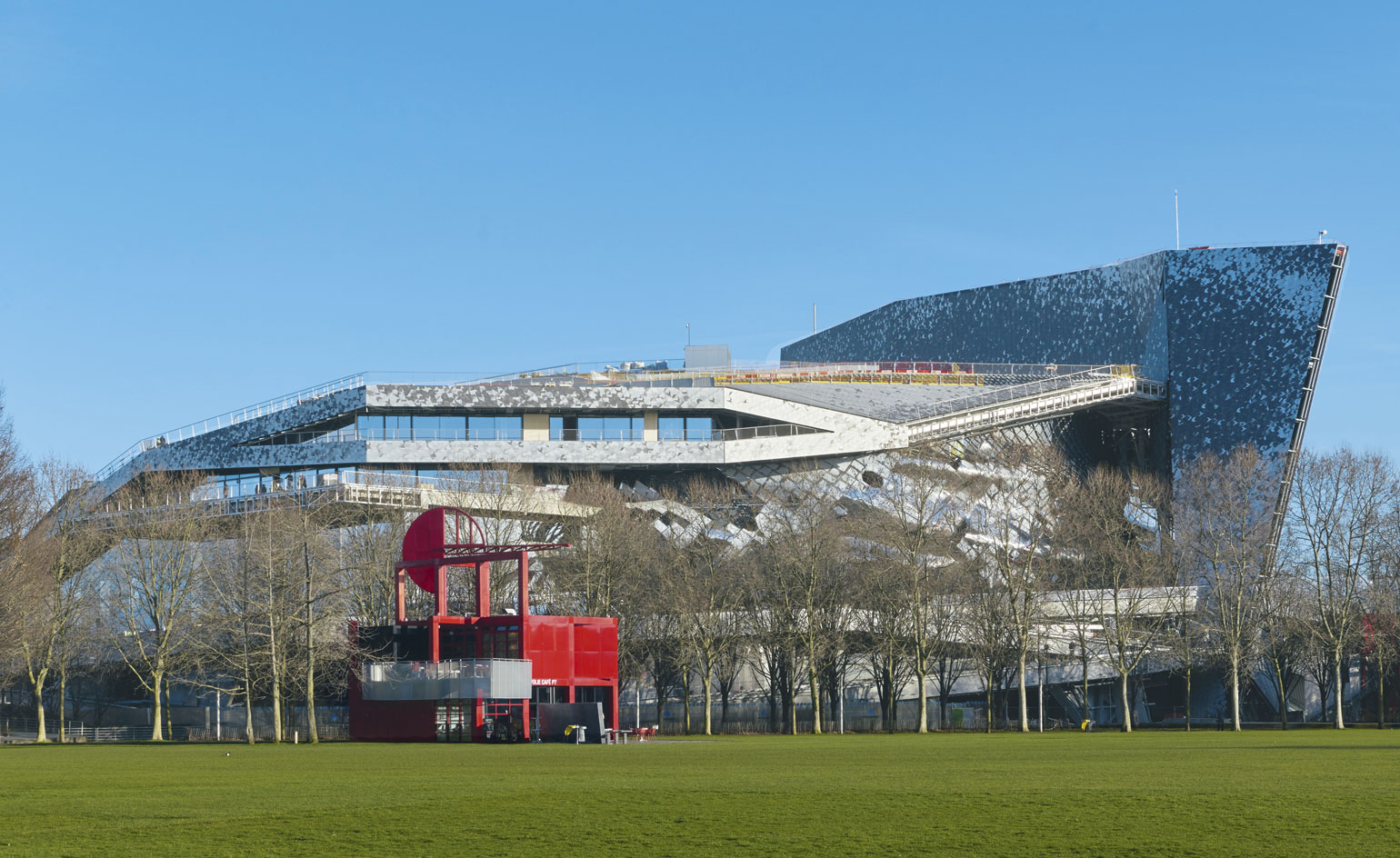
On a Tuesday afternoon in January, the winter sun glinted off the Philharmonie de Paris as if it had been specially summoned to show off the distinct patterning of cast aluminium and reflective steel. Arrayed in an MC Escher-esque motif, the 340,000 tiles depicting abstracted birds are just one of several spirited and inspired features that define this concert hall as different from all others.
But if its architect (and former Wallpaper* guest editor), Jean Nouvel, deserves a round of applause, he was conspicuously absent from both the press preview and inaugurating concert attended by French president François Hollande. Voicing his dissatisfaction in Le Monde, he wrote that the building remains too incomplete to unveil and requires further architectural and acoustic assessments. To the extent that the rooftop, two restaurants and exhibition space will have staggered openings over the next few months, he has a point. Granted, the project makes its debut already two years late.
Even as a work in progress, the Philharmonie represents the realisation of a building designed to change the way people participate in orchestral music, whether owing to its location on the edge of the city, its outdoor public environment or its educational, rehearsal and cultural programming.
Most of all, the Orchestra of Paris has a dynamic new 2,400-seat hall to call home. Such a high capacity barely registers since the volume projects upward rather than outward in a traditional fan shape (as proof, only 32 metres separates the conductor from the furthest spectator, considerably reduced from 48 metres in the Salle Pleyel, the city’s principal symphonic venue). The other main consideration - one that is truly unique - is that concert venue is actually a hall within a hall; the exterior space one crosses to enter gives way to an undulating wall that enhances the intimacy while optimising the acoustics.
In the press notes, Nouvel describes the auditorium as 'reminiscent of immaterial waves and light', adding how the placement of the balconies creates the effect of suspending spectators in space. Indeed, when those spectators gaze to the ceiling, they see a swirling mass of biomorphic panels that strategically enclose the house and stage lighting. When they look across the hall, they see how the balconies have been framed in wood ornamented with a geometric relief. Everything serves a technical purpose.
'All the floating surfaces provide the lateral reflections [for the sound],' said Christopher Day, founding partner of Marshall Day Acoustics, the New Zealand-based company that previously provided the acoustics for the Guangzou Opera House, built by Zaha Hadid.
Beyond the lyrical birds in their lustrous shades of grey, Nouvel introduced a metal mesh that, like a theatrical scrim, makes the building appear impenetrable during the day (while not obstructing the view outward); at night, the interior light takes over and passersby can see inside.
As with the Musée du Quai Branly, the Nouvel-designed museum of indigenous art near the Eiffel Tower, the space around the Philharmonie is as important as the space within. Those not attending a concert or a class can linger on the steps or climb them to the rooftop looking point which, when it opens in the spring, offers a view of Paris far more eclectic than Haussmann’s uniformity. Up here, the vista encompasses the science museum with its mirrored geode, the former abattoir converted into a festival hall, Bernard Tschumi’s architectural contributions from the late 1980s, and the industrial suburb of Pantin.
The goal, said Philharmonie president Laurent Bayle, is for individuals and families from Paris and beyond (what urban planners now call Greater Paris) to feel that fine music can be accessible. Perhaps this explains the Nouvel-designed signage that rises above the building’s 37 metres (the maximum inhabitable height within city limits) to an additional 15 metres, broadcasting event news to those driving along the central ring road. If you’re stuck in traffic, you might be doubly tempted to purchase tickets for some soothing Satie.
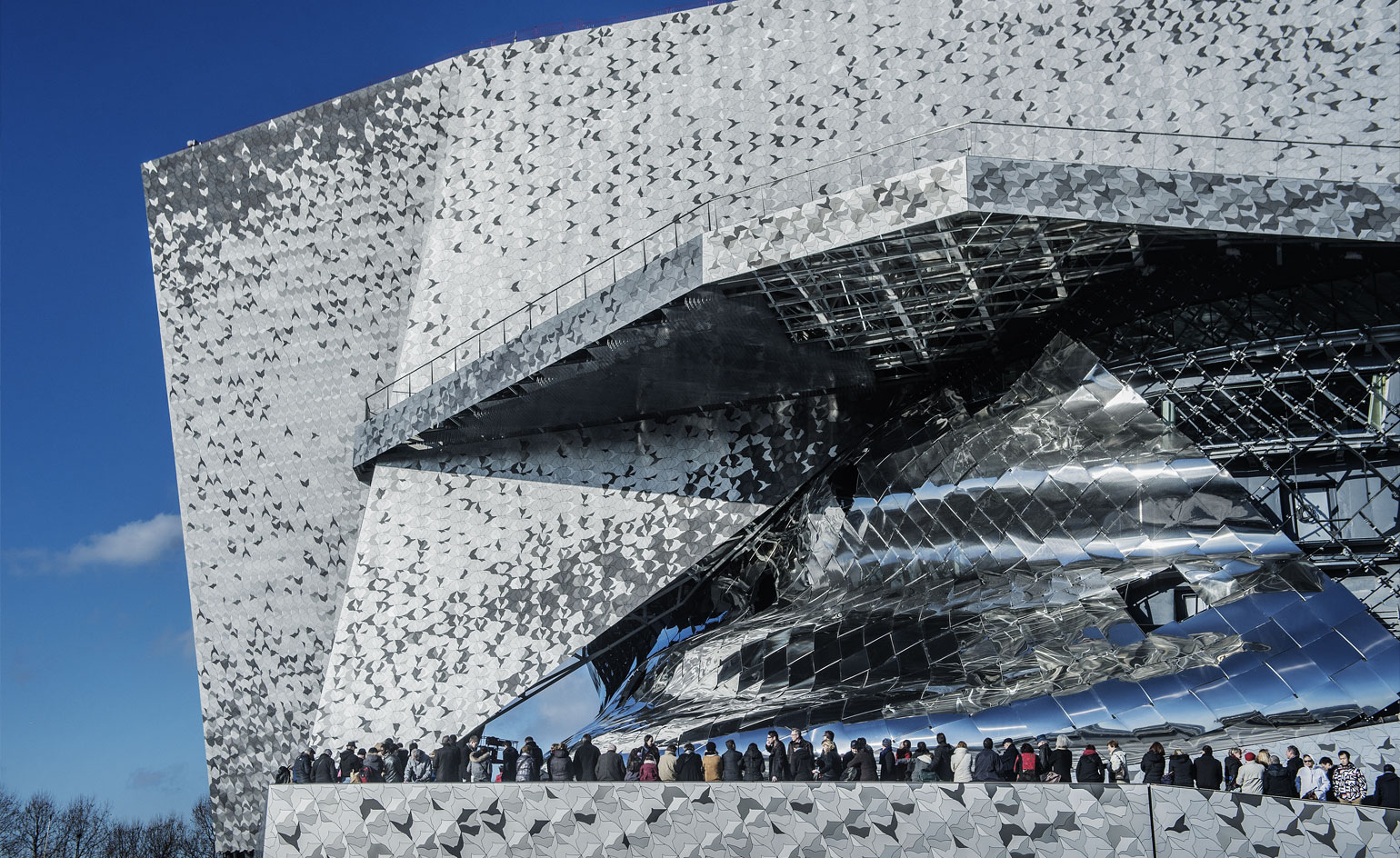
Arrayed in an MC Escher-esque motif, the 340,000 tiles depicting abstracted birds are among several spirited and inspired features that define this concert hall as different from all others.

Even as a work in progress, the Philharmonie represents the realisation of a building designed to change the way people participate in orchestral music.
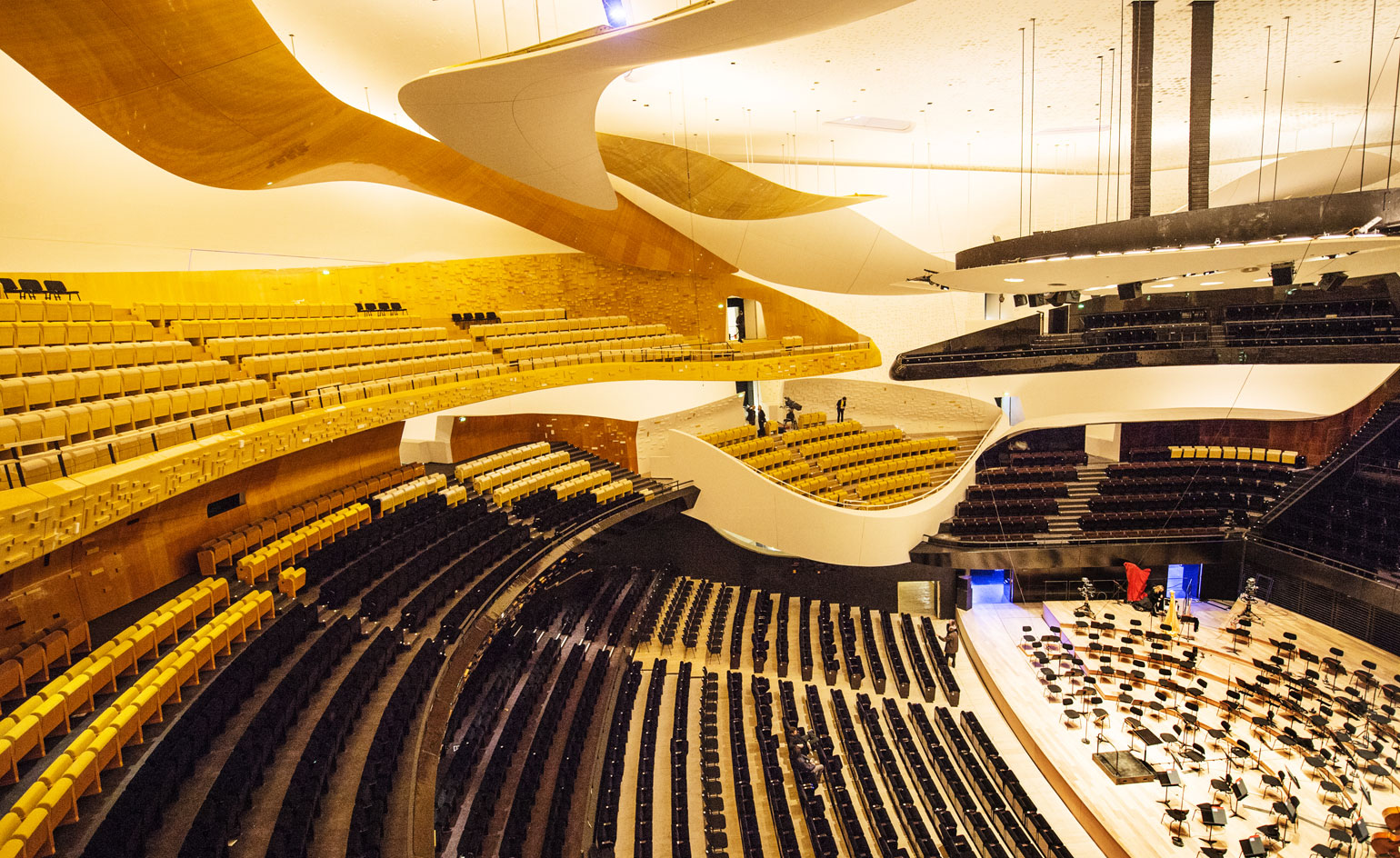
The Orchestra of Paris has a dynamic new 2,400-seat hall to call home. Nouvel describes the auditorium as 'reminiscent of immaterial waves and light', adding how the placement of the balconies creates the effect of suspending spectators in space.

A vast rehearsal room features specially created ceiling panels to reflect sound.
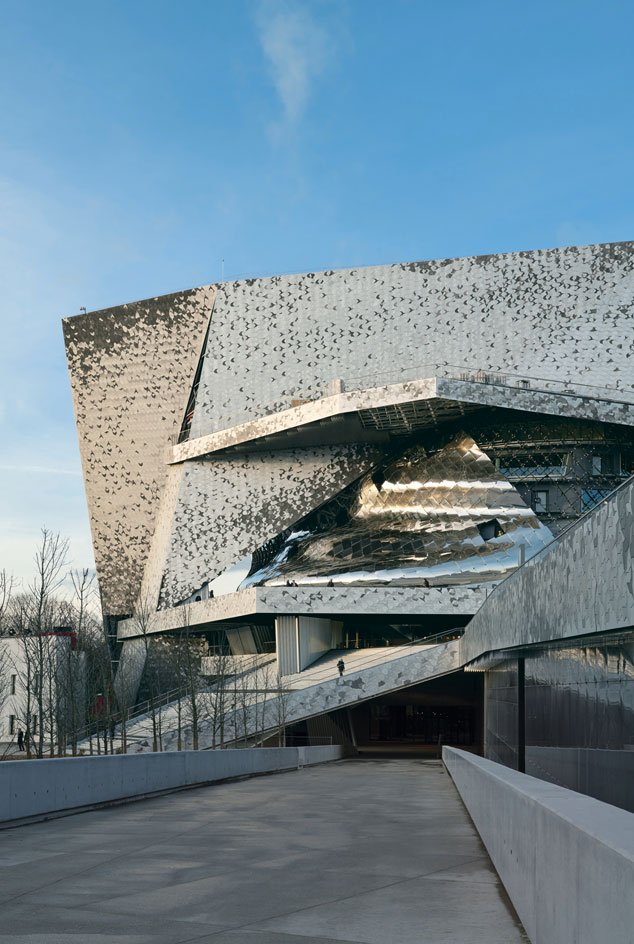
Beyond the lyrical birds in their lustrous shades of grey, Nouvel introduced a metal mesh that, like a theatrical scrim, makes the building appear impenetrable during the day (while not obstructing the view outward).
ADDRESS
Philharmonie de Paris
221 Jean Jaurès Avenue
75019 Paris
France
PHONE
33 1 44 84 44 84
Receive our daily digest of inspiration, escapism and design stories from around the world direct to your inbox.
-
 The eight hotly awaited art-venue openings we are most looking forward to in 2026
The eight hotly awaited art-venue openings we are most looking forward to in 2026With major new institutions gearing up to open their doors, it is set to be a big year in the art world. Here is what to look out for
-
 This modern Clapham house is nestled indulgently in its garden
This modern Clapham house is nestled indulgently in its gardenA Clapham house keeps a low profile in south London, at once merging with its environment and making a bold, modern statement; we revisit a story from the Wallpaper* archives
-
 The new Tudor Ranger watches master perfectly executed simplicity
The new Tudor Ranger watches master perfectly executed simplicityThe Tudor Ranger watches look back to the 1960s for a clean and legible design
-
 This modernist home, designed by a disciple of Le Corbusier, is on the market
This modernist home, designed by a disciple of Le Corbusier, is on the marketAndré Wogenscky was a long-time collaborator and chief assistant of Le Corbusier; he built this home, a case study for post-war modernism, in 1957
-
 ‘You have to be courageous and experimental’: inside Fondation Cartier’s new home
‘You have to be courageous and experimental’: inside Fondation Cartier’s new homeFondation Cartier pour l'art contemporain in Paris invites us into its new home, a movable feast expertly designed by Jean Nouvel
-
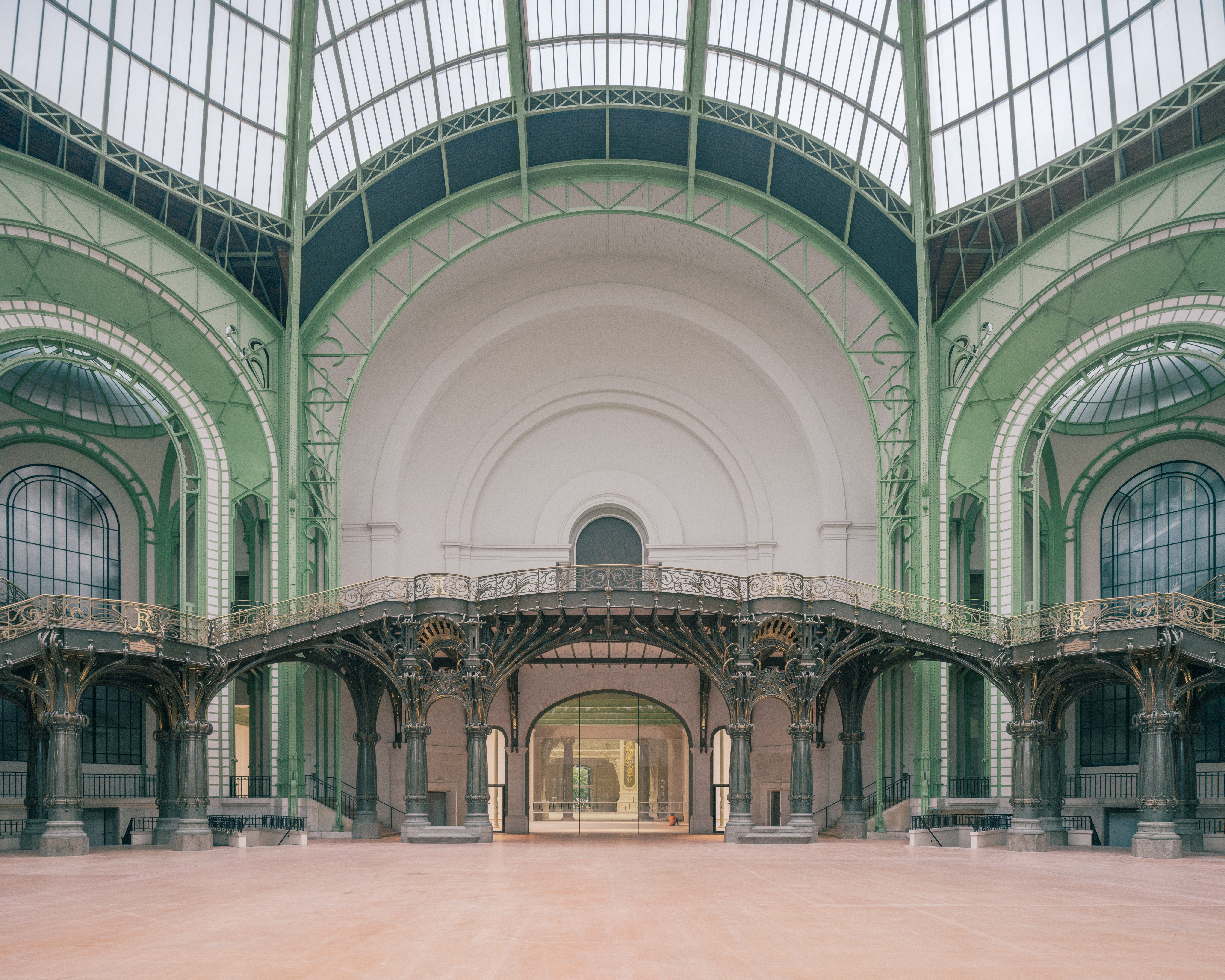 The Grand Palais is a Parisian architectural feast, emerging from a mammoth restoration project
The Grand Palais is a Parisian architectural feast, emerging from a mammoth restoration projectThe Grand Palais reopens, unfurling its spectacular architectural splendour, meticulously restored by Chatillon Architectes – take a tour
-
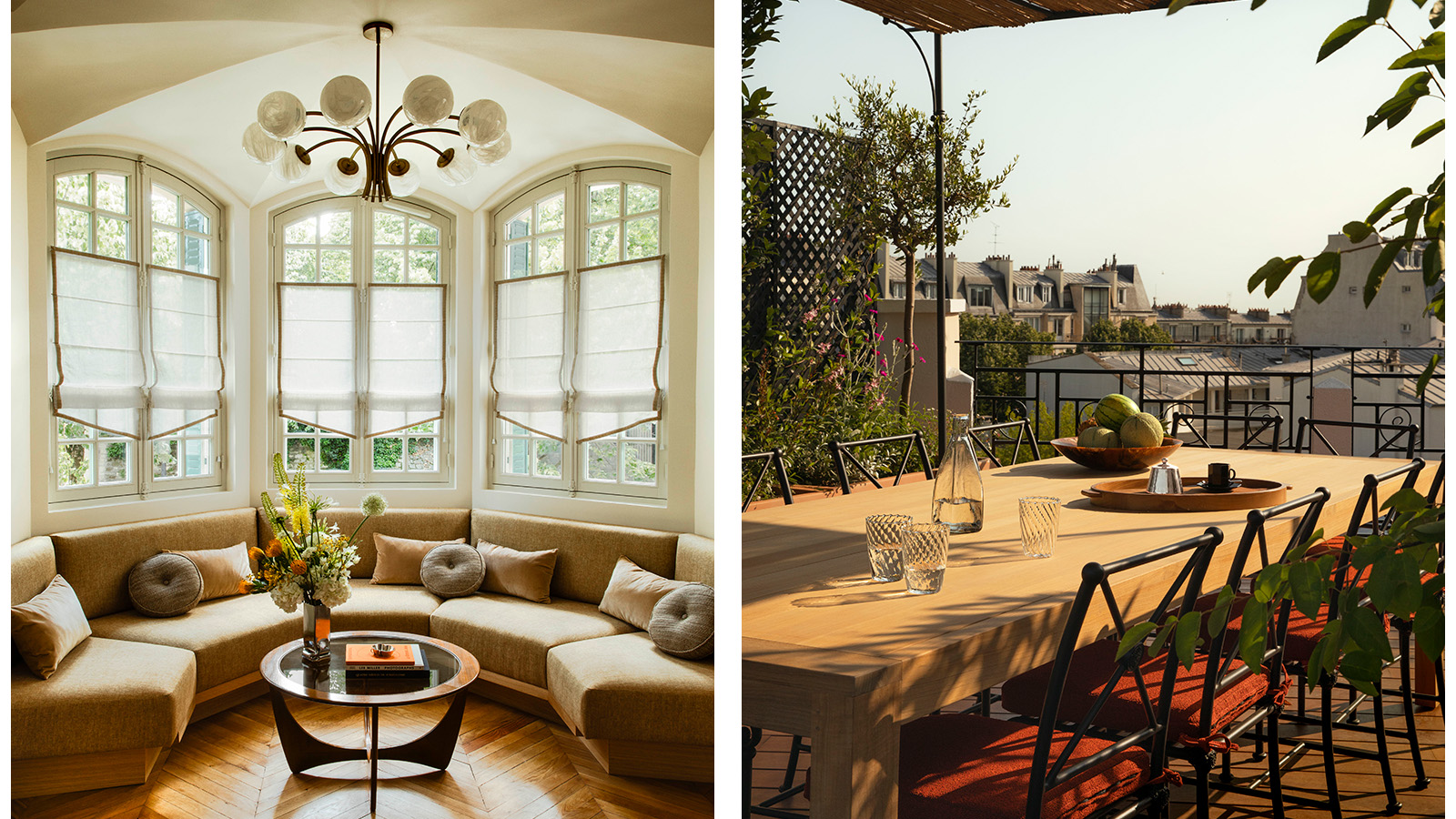 Surrealist townhouse Villa Junot lights up Montmartre – and it’s for rent
Surrealist townhouse Villa Junot lights up Montmartre – and it’s for rentWe go inside Montmartre’s Villa Junot, a former composer’s home reimagined by interior design studio Claves, where surrealism meets art deco splendour
-
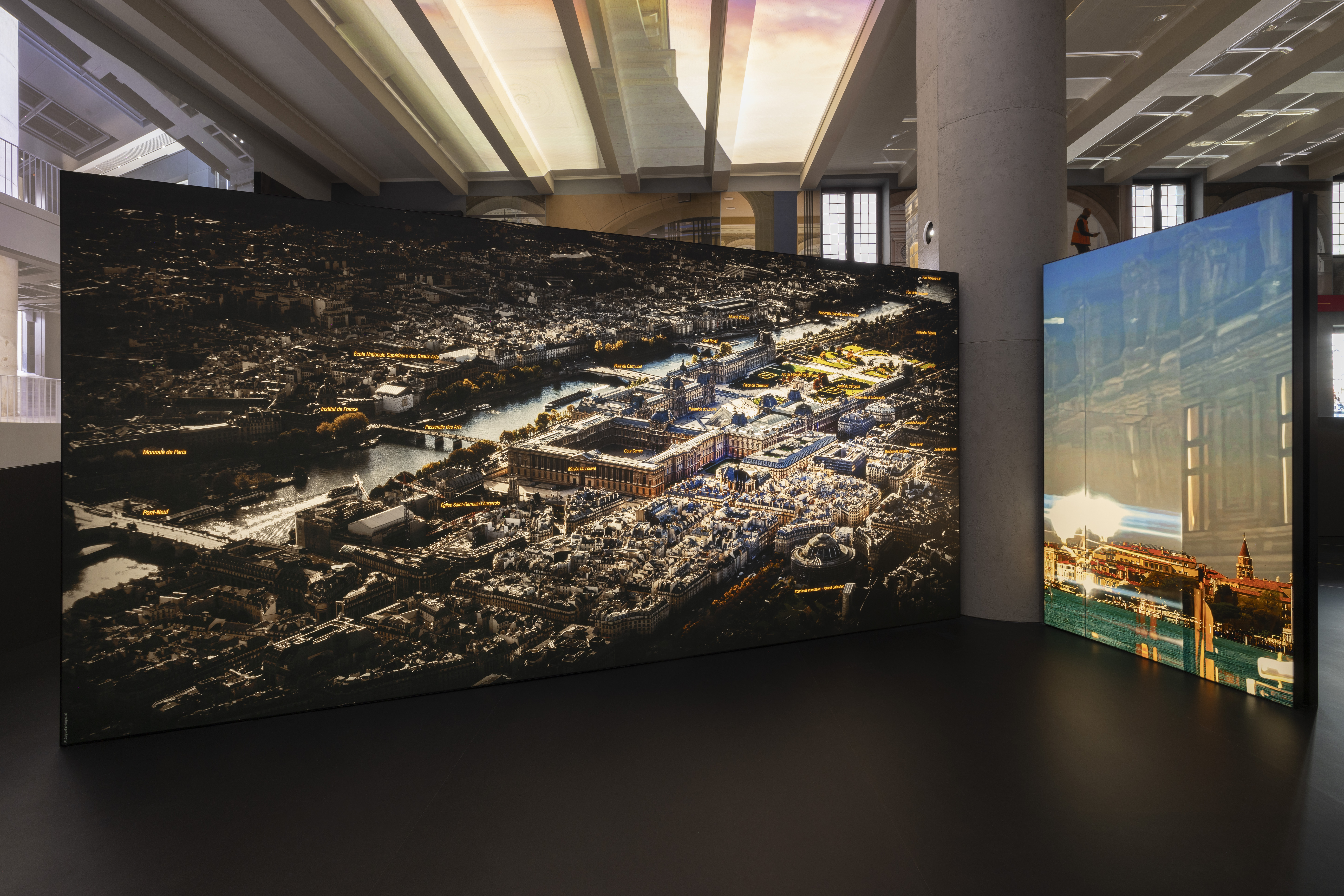 A Venice sneak peek into the new Fondation Cartier pour l’art contemporain by Jean Nouvel
A Venice sneak peek into the new Fondation Cartier pour l’art contemporain by Jean NouvelA new home for Fondation Cartier pour l’art contemporain by Jean Nouvel will open later this year in Paris; in the meantime, the Venice Architecture Biennale 2025 offered the perfect platform for a sneak preview of what's to come
-
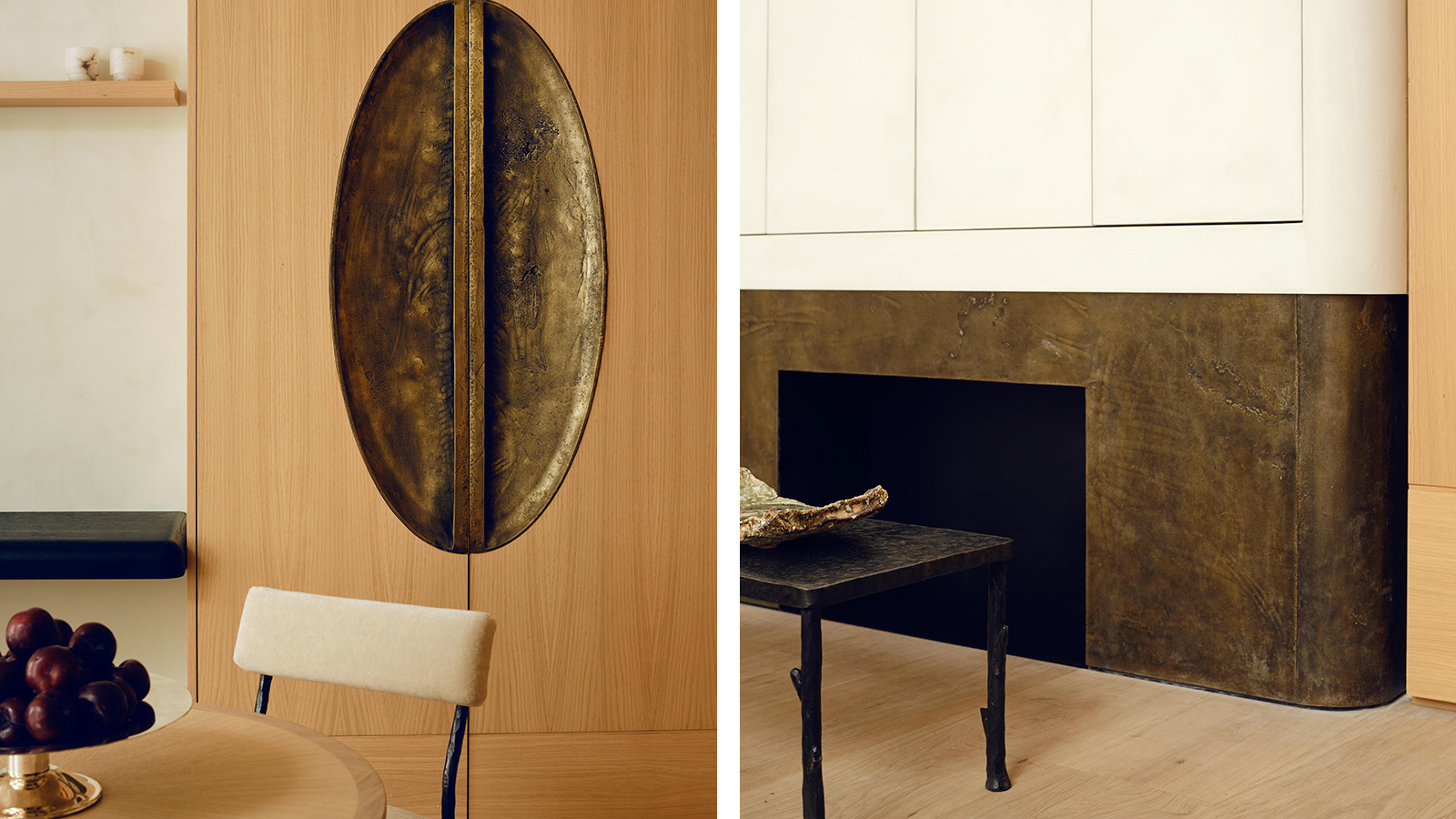 Stay in a Parisian apartment which artfully balances minimalism and warmth
Stay in a Parisian apartment which artfully balances minimalism and warmthTour this pied-a-terre in the 7th arrondissement, designed by Valeriane Lazard
-
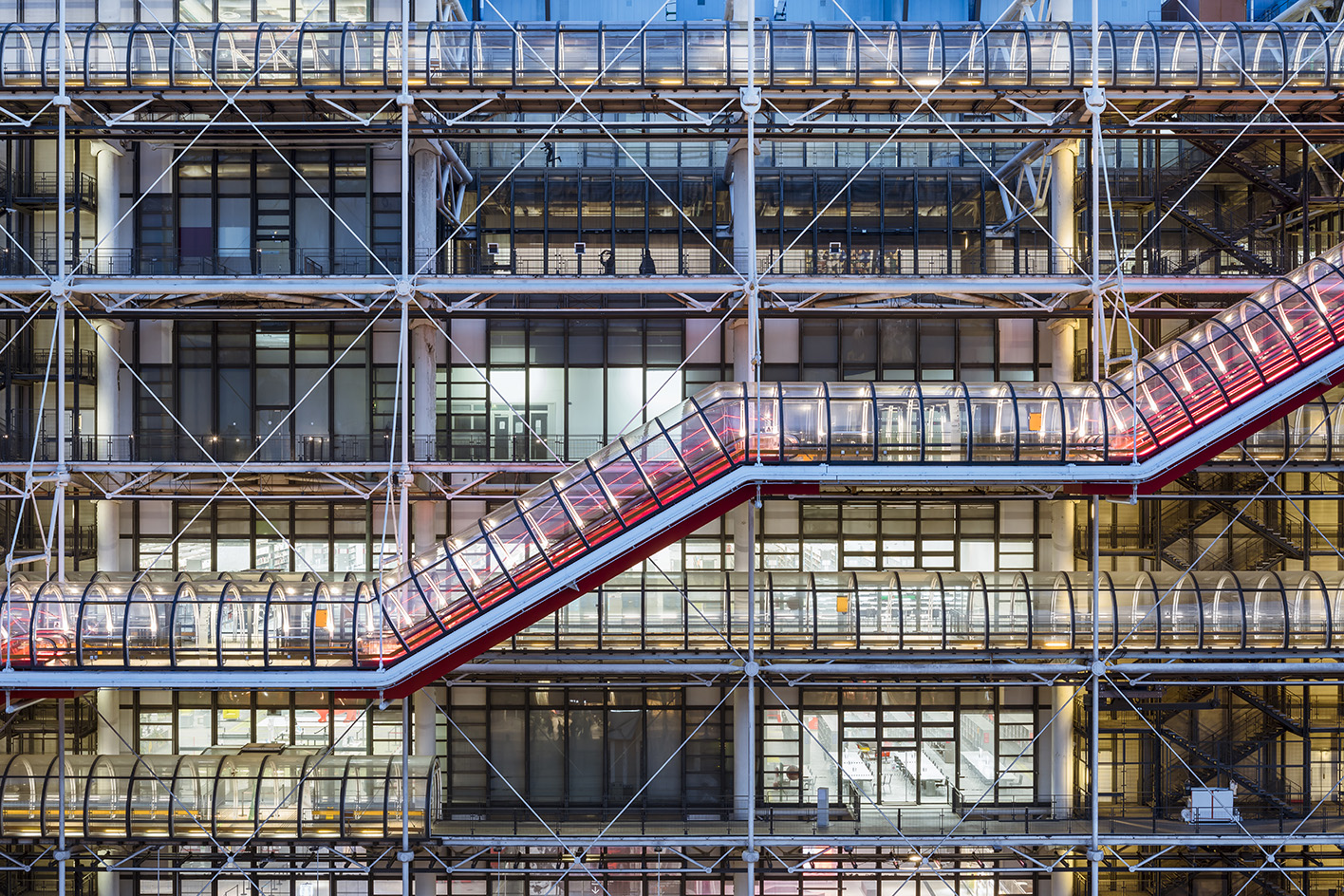 The museum of the future: how architects are redefining cultural landmarks
The museum of the future: how architects are redefining cultural landmarksWhat does the museum of the future look like? As art evolves, so do the spaces that house it – pushing architects to rethink form and function
-
 Paris’ architecturally fascinating Villejuif-Gustave Roussy metro station is now open
Paris’ architecturally fascinating Villejuif-Gustave Roussy metro station is now openVillejuif-Gustave Roussy is part of the new Grand Paris Express, a transport network that will raise the architectural profile of the Paris suburbs